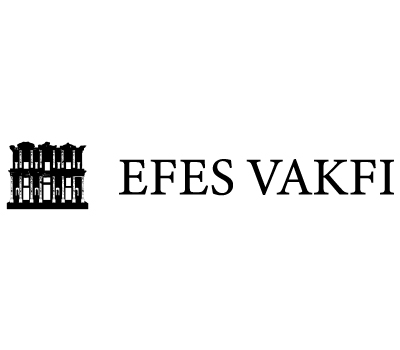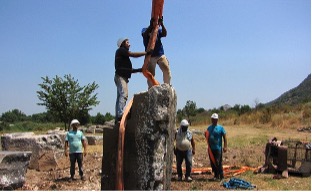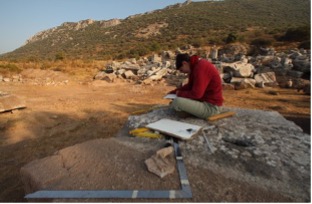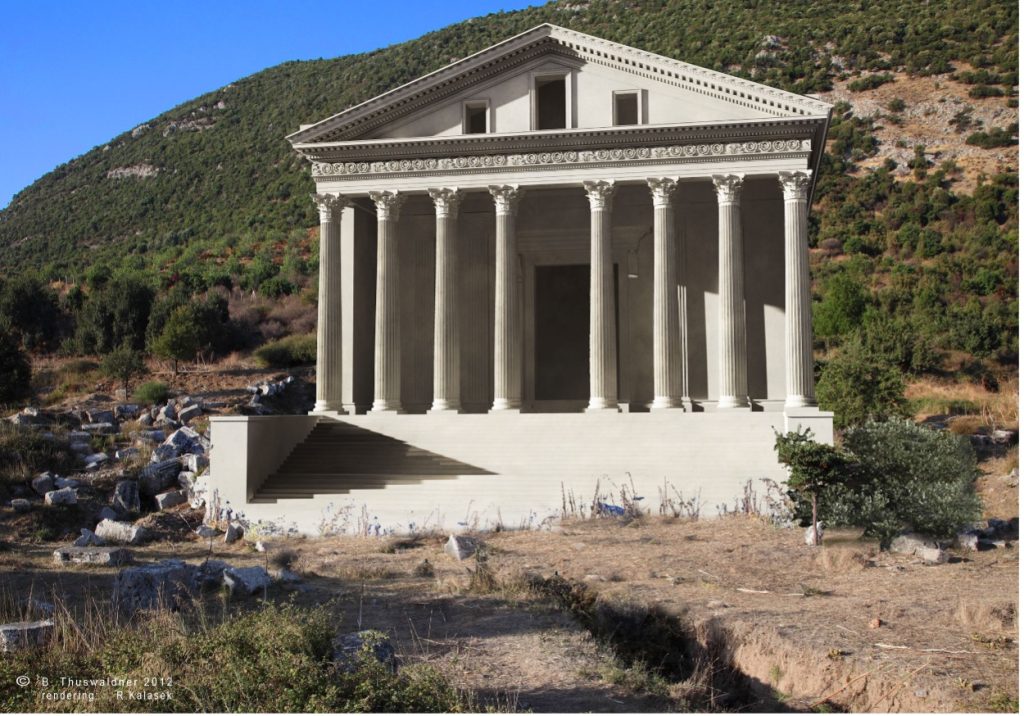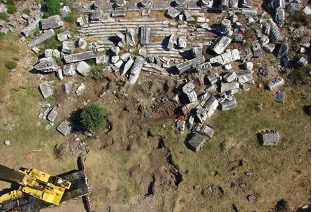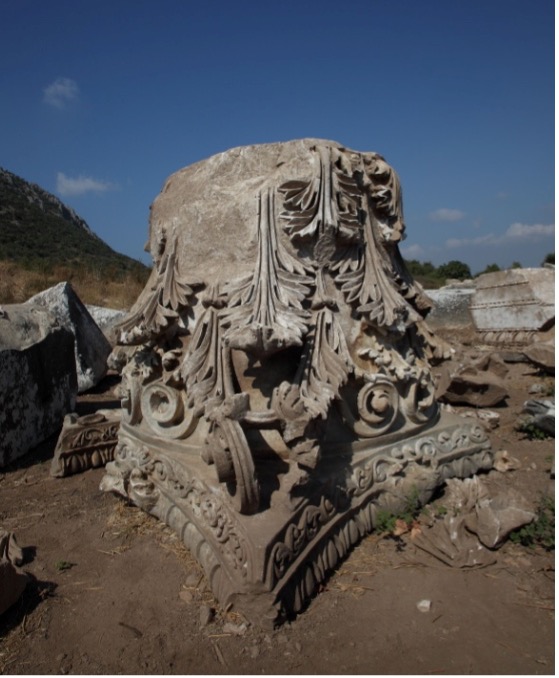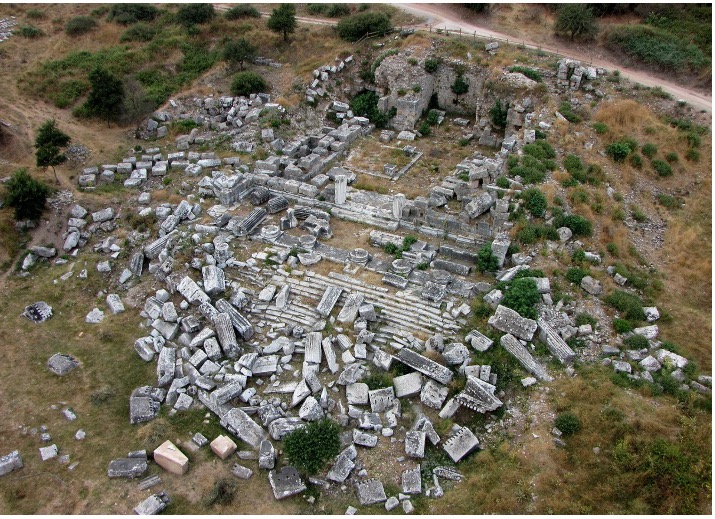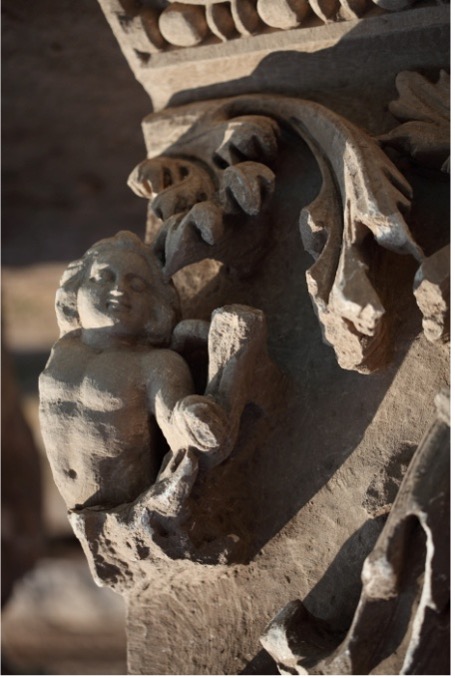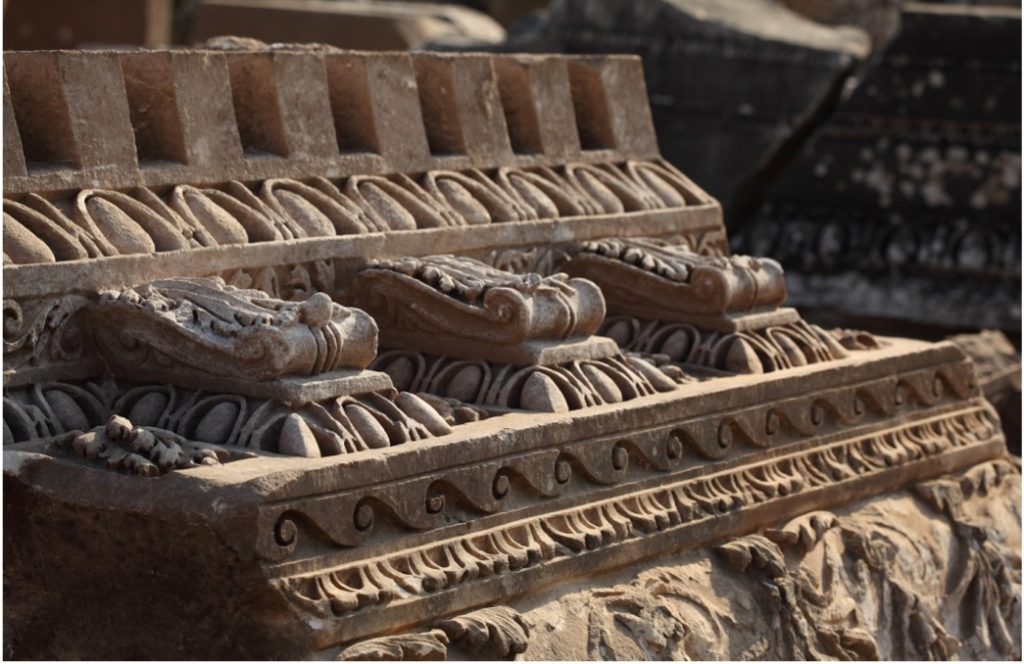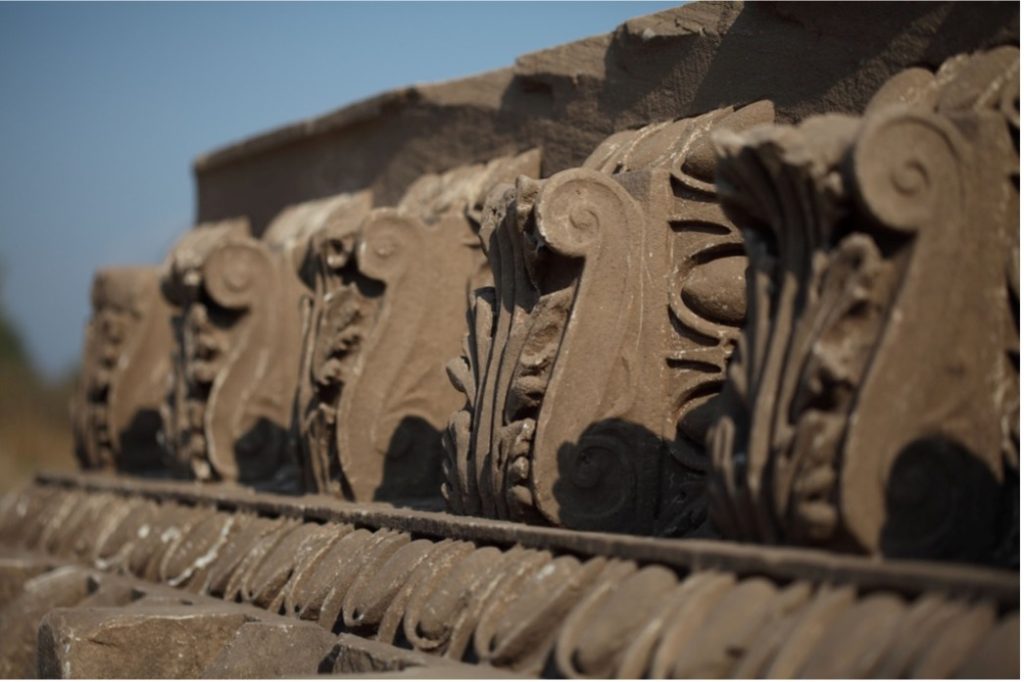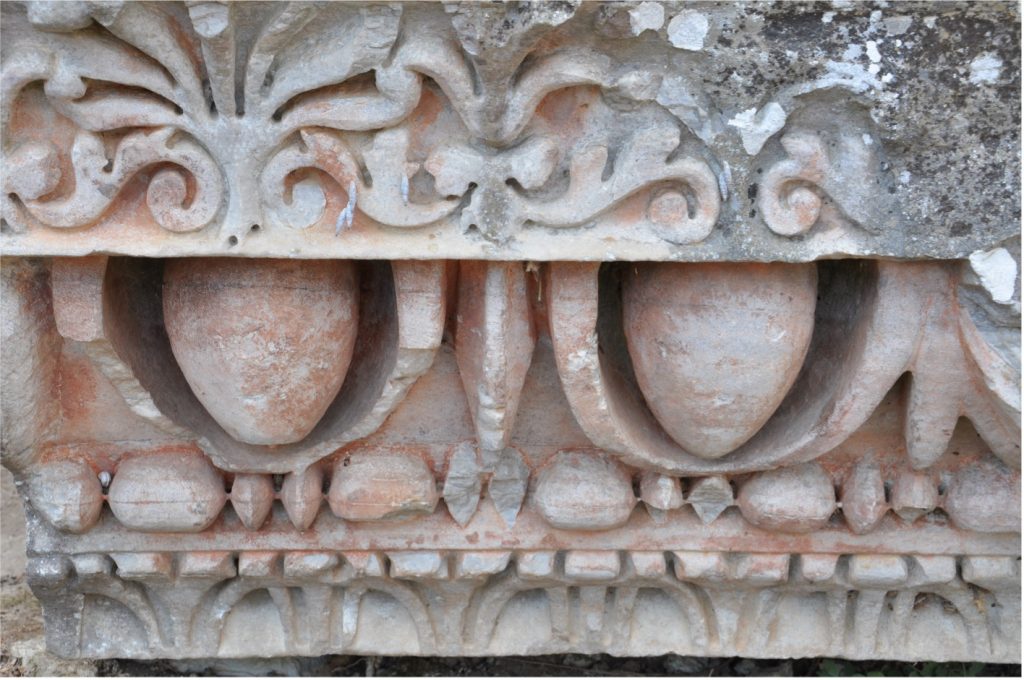Serapeion Research & Anastilosis
2013
Historical Building Research
With the support of the Ephesus Foundation, a specialized team in architecture from a German university focusing on historical buildings has been working on this project since 2011. Their studies form an indispensable foundation for the future presentation of the building.
The excellent preservation of the building and the fact that most of the large building elements still lie on the ground in front of the temple provide experts with a wealth of information about the original location and layering of the blocks. Therefore, Serapeion also offers a rare opportunity to research fundamental questions about the construction techniques and construction of Roman Empire period temples.
Damage Assessment
Since the beginning of the project, a conservation expert conducts research on the condition of the protected building fabric, along with collecting information on damages caused by rain, wind, groundwater, salt, plants, and human activities. The task is to create a map of all identified damages and prepare a catalog for appropriate maintenance measures. The aim is to preserve and protect ancient material according to international monument preservation guidelines. Specifically, questions such as which blocks can be used and how they can be used for the reconstruction of the temple will be answered.
3D Scanning of Results
In the field of archaeology, 3D laser scanning technology has become a popular tool for high-resolution 3D documentation of archaeological excavations. These scanners can scan surface structures and three-dimensional objects without touching them. The data collected about the shape and possibly the appearance (such as color) of real-world objects or environments are used to create digital, three-dimensional models.
2014
- Building Research
- Cleaning and Geophysical Research in the Workshop Area
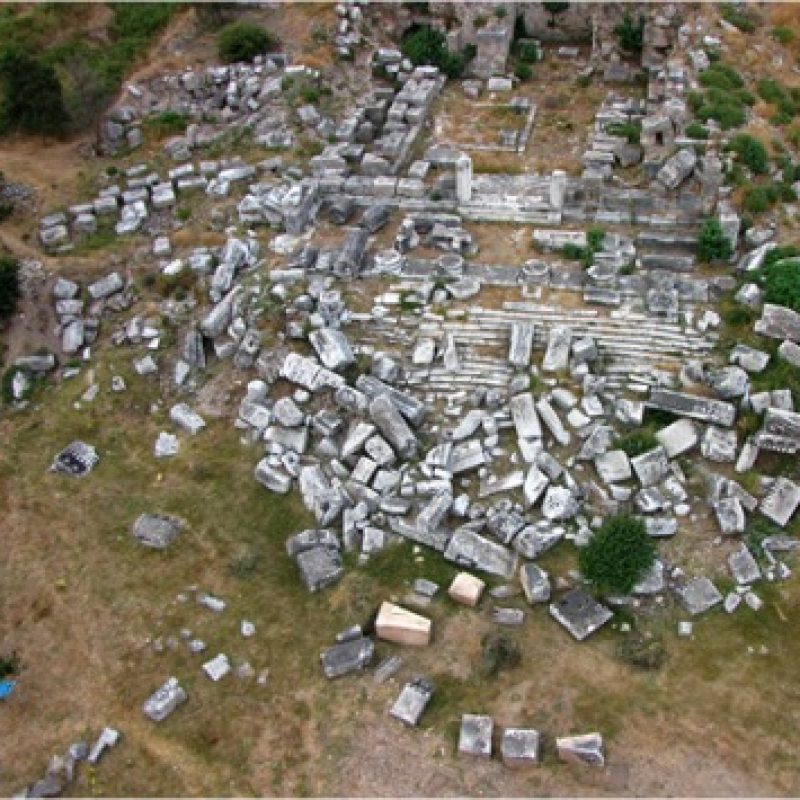
2011
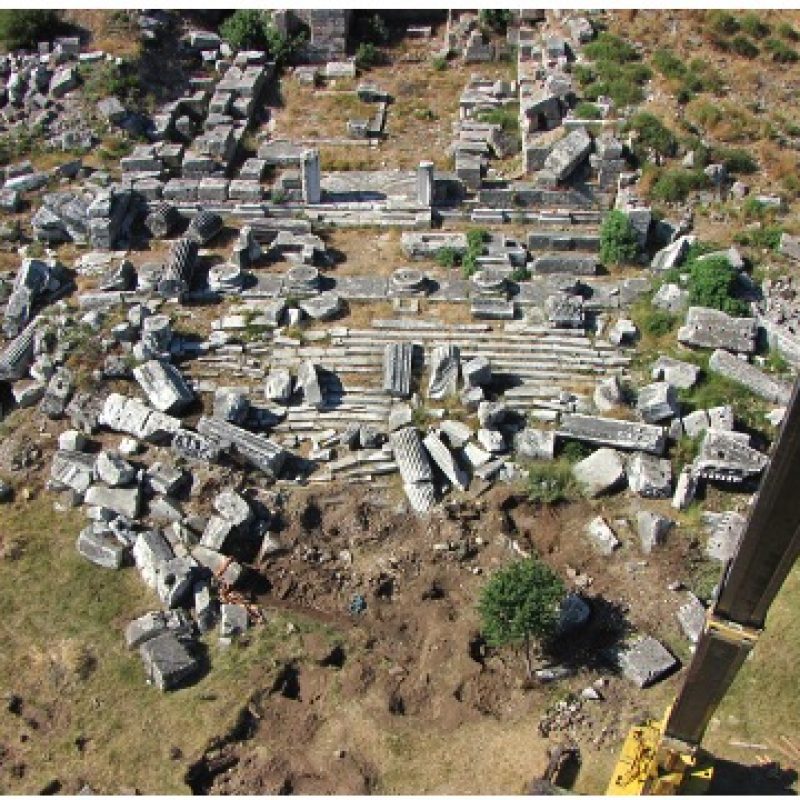
2012
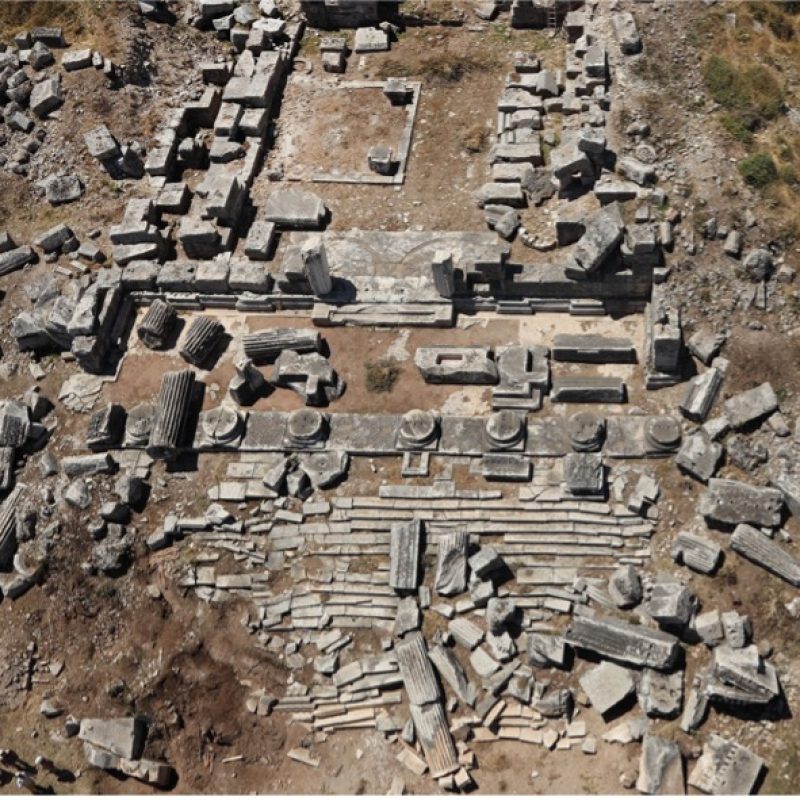
2013
Sponsors
